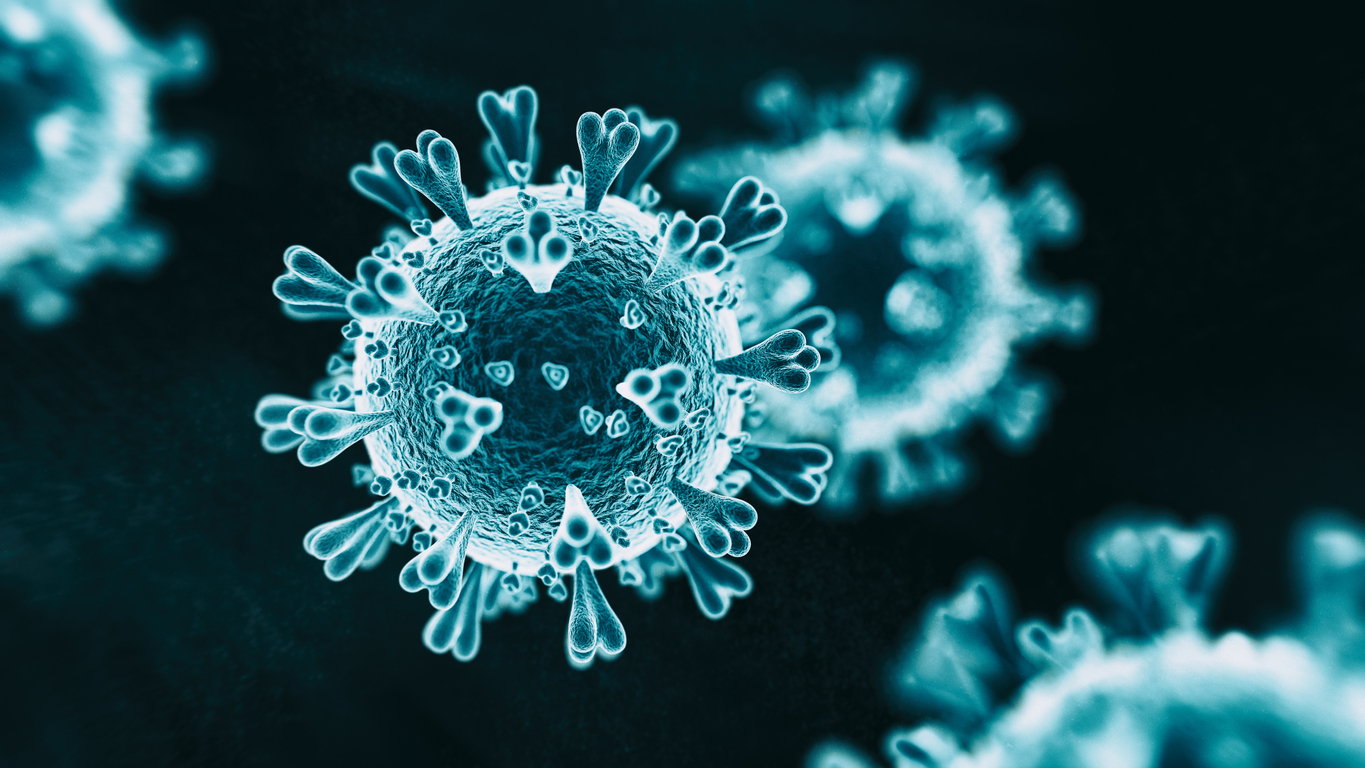
Novel coronavirus is airborne, scientists tell WHO

Scientists across the world have said that there is evidence that novel coronavirus in smaller particles in the air can infect people and have thus urged the World Health Organisation (WHO) to revise its recommendations, reported the New York Times.
As many as 239 scientists in 32 countries have written an open letter to WHO, furnishing evidence to show that smaller particles can infect people. They plan to publish the letter in a scientific journal next week.
WHO in its COVID guidelines had said that the disease spreads primarily from one person to another through small droplets from the nose or mouth, which are expelled when a person with COVID-19 coughs, sneezes or speaks.
The letter by scientists, however, stresses that whether carried through droplets from cough or sneeze or by much smaller ones which could cross the length of a room when exhaled, coronavirus is borne through air and can infect people when inhaled, said NYT.
The health agency, however, said the evidence for the virus being airborne was not enough.
Interactive dashboard | Where COVID-19 vaccine research stands
“Especially in the last couple of months, we have been stating several times that we consider airborne transmission as possible but certainly not supported by solid or even clear evidence,” Dr. Benedetta Allegranzi, the WHO’s technical lead of infection prevention and control, was quoted by NYT as saying.


